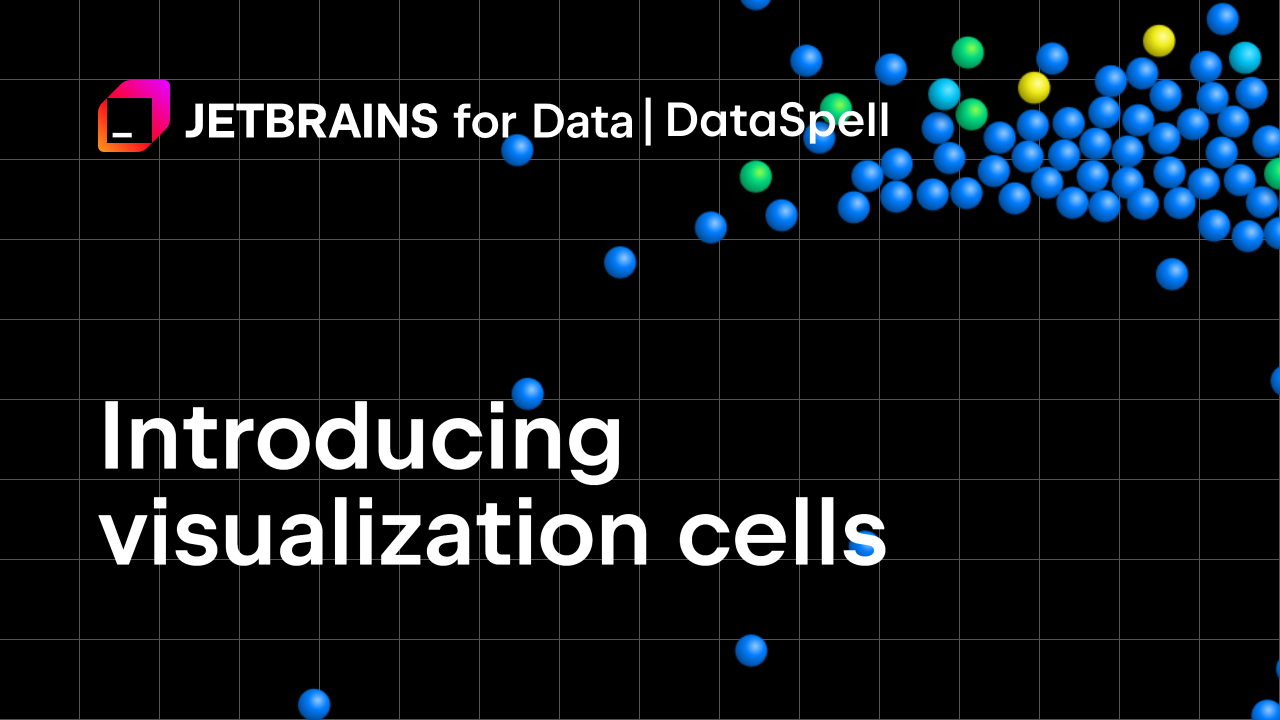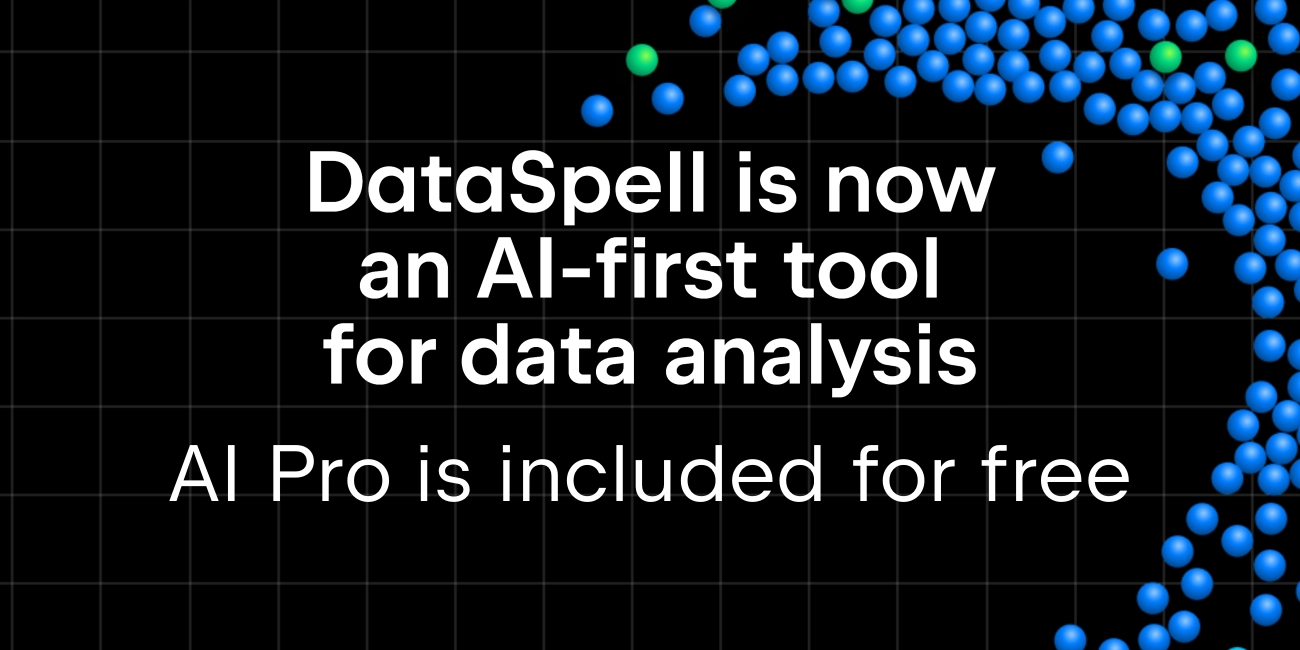DataSpell 2023.3 EAP 3 is out! Introducing dbt® support!
The third EAP build for DataSpell 2023.3 brings dbt® support, JetBrains AI Assistant actions via the context menu in Jupyter, and easy access to column statistics and data distribution histograms in tables.
To catch up on all of the new features in DataSpell 2023.3, check out our previous EAP blog posts.
The Toolbox App is the easiest way to get the EAP builds and keep both your stable and EAP versions up to date. You can also manually download the EAP builds from our website.
Below, you can find the most interesting features available in DataSpell 2023.3 EAP 3. Please try them out and share your feedback in the comments below or by using our issue tracker.

Introducing dbt® support
DataSpell now supports dbt®, a modern framework for data transformation that’s gaining popularity in the data community. It simplifies the data transformation process and promotes good engineering practices in data analysis, like modularization, testing, and documentation. dbt® is especially user-friendly for those familiar with SQL.
Here are several benefits of using dbt® in DataSpell:
- Effortless project creation: You can easily kickstart your dbt® project using a predefined template.
- Easy Run, Build, and Debug: Execute, build, or debug your project with Run Configurations in just a few clicks.
- Intelligent code completion: DataSpell offers smart code completion for SQL and YML files.
Give it a try today, and don’t forget to share your feedback with us!
JetBrains AI Assistant in Jupyter via the context menu
AI Assistant has become an important tool for many users. To make it easier to use, we’ve added AI actions to the context menu in Jupyter. Now, you can access code explanation, documentation creation, error finding, and many more with just a few clicks. If you want to learn more about JetBrains AI Assistant, you can read this post.
Instant access to column statistics
Quickly accessing descriptive statistics for a dataframe can significantly streamline the work of data professionals, as it is a frequently used operation in data analysis. In DataSpell, we’ve simplified this process. You can now view essential data, such as missing values, mean, standard deviation, and more directly within the table. The feature is available in both Jupyter notebooks and Python scripts, with both pandas and Polars supported.
Data distribution histograms in tables
A data distribution histograms is an essential tool in data analysis, providing a visual snapshot of data distribution, as well as aiding in pattern recognition, outlier detection, and data quality assessment. In DataSpell, you can now easily access these histograms directly within your tables.
These are the most important updates for DataSpell 2023.3 EAP 3. We encourage you to share your feedback on the new features on X (formerly Twitter) or in our issue tracker, where you can also report any bugs you find in the EAP versions.
We’re excited to hear what you think!
Subscribe to DataSpell Blog updates







